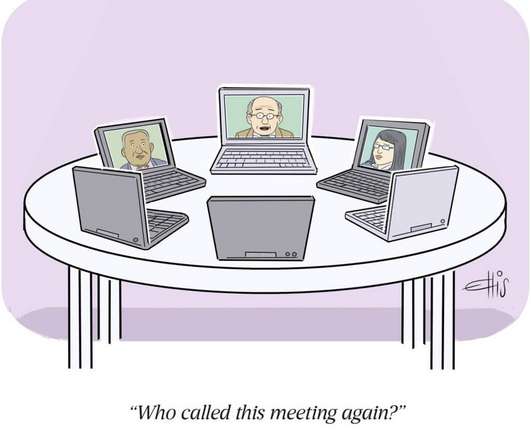AI-Powered Design Thinking: Accelerating Innovation and Insights
Leapfrogging
FEBRUARY 28, 2024
Introduction to Design Thinking Design thinking is a problem-solving approach that combines empathy, creativity, and rationality to meet user needs and drive successful business outcomes. AI complements human creativity, enabling teams to translate complex data into meaningful insights and innovative solutions.





















Let's personalize your content